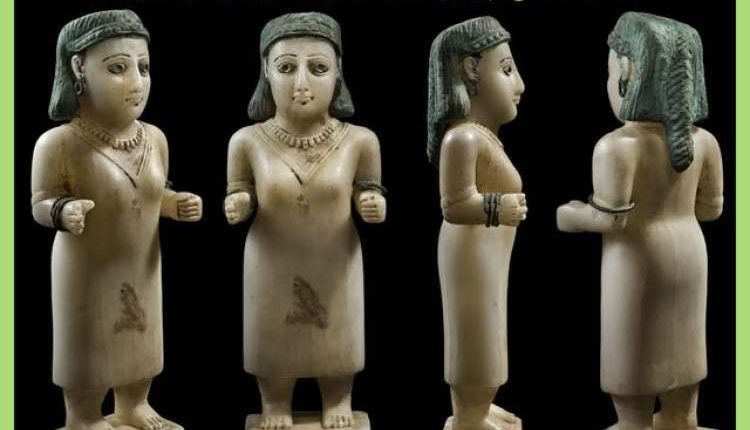Archaeologist Abdullah Mohsen has uncovered a rare Yemeni alabaster statue depicting a prominent female figure from the historic city of Timna, the capital of the Qatabanian Kingdom of Yemen, dating back to around the third century BC.
Mohsen explained that this statue, which combines alabaster and bronze, is among the most complete statues discovered so far from that era. It has been cited by many prominent researchers, such as Cleveland and de Maigret.
He stated that the statue left Yemen before 1970, traveling to France and then Switzerland, before being displayed at the BAD London exhibition, held in London’s Berkeley Square from October 2 to 8, 2017.
This annual exhibition is one of the most prominent art events in Europe. It was founded by French antiques dealer Patrick Perrin in 2007 as a sister exhibition to BAD Paris, which began in 1998 and is held annually in the Tuileries Garden in the heart of the French capital.
Ancient art experts point out that the Yemeni statue is distinguished by its fine features, especially the details of the face and eyes, in addition to the position of the hands and the clear contrast between the design of the head and the body.



